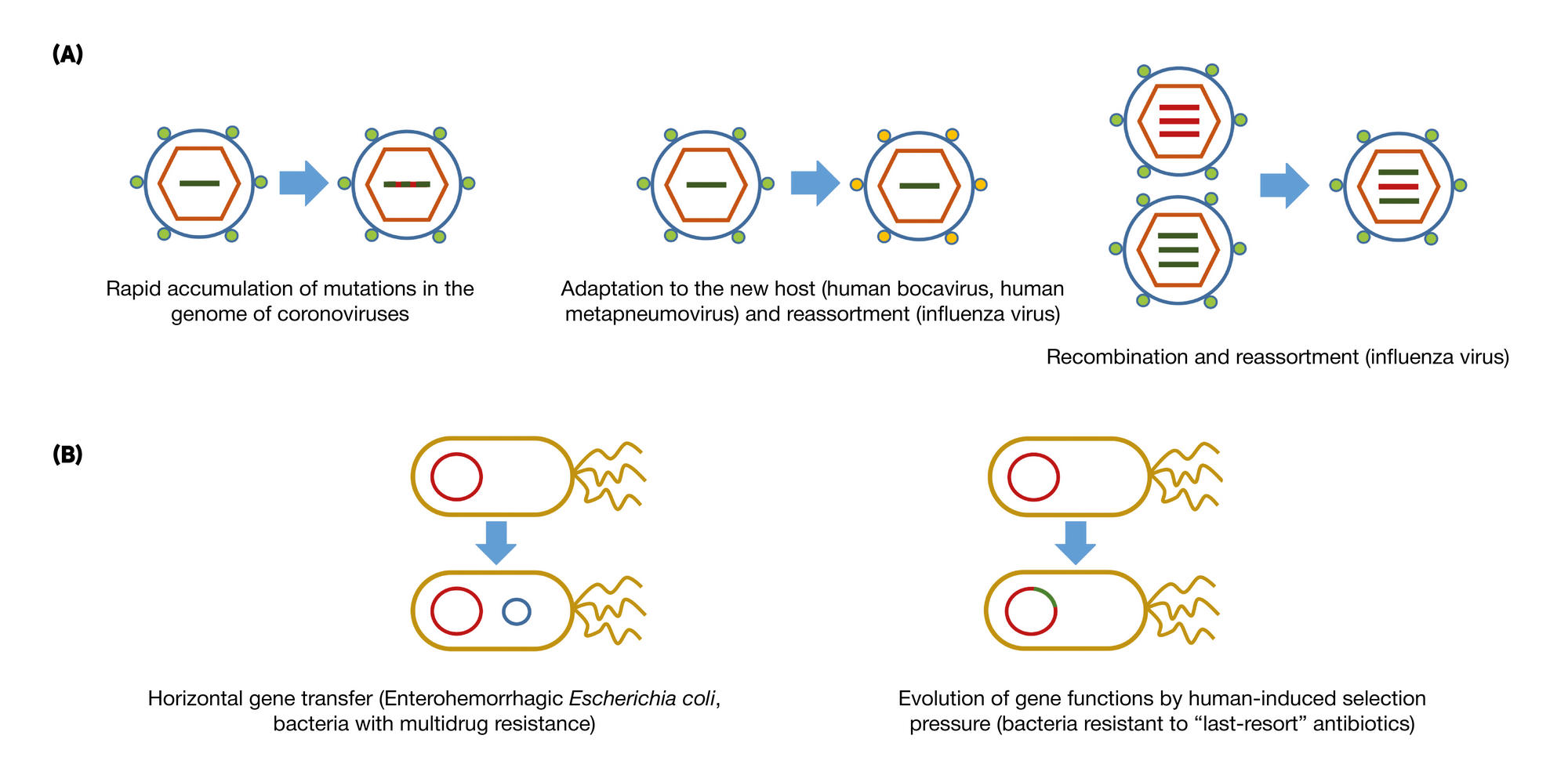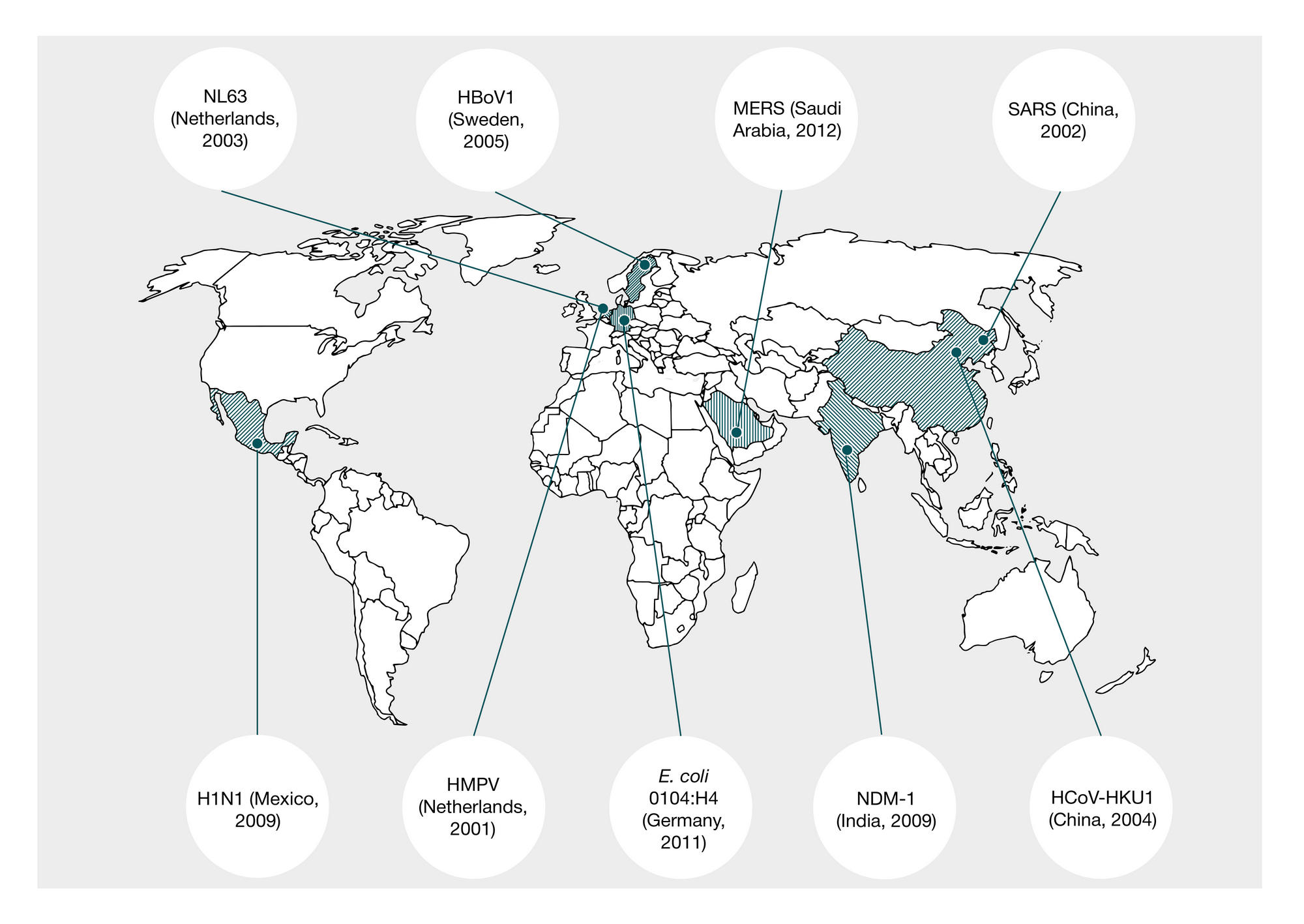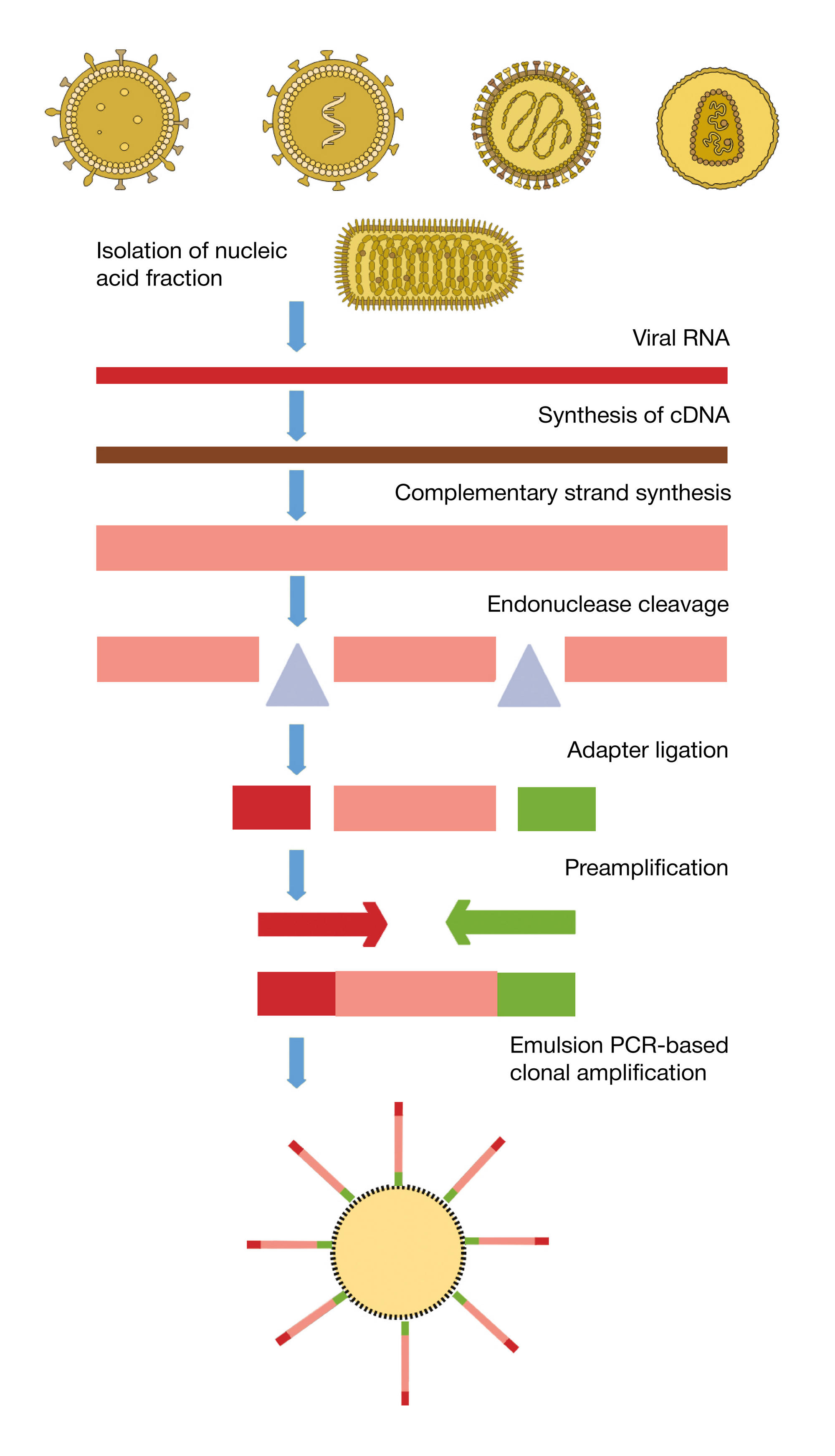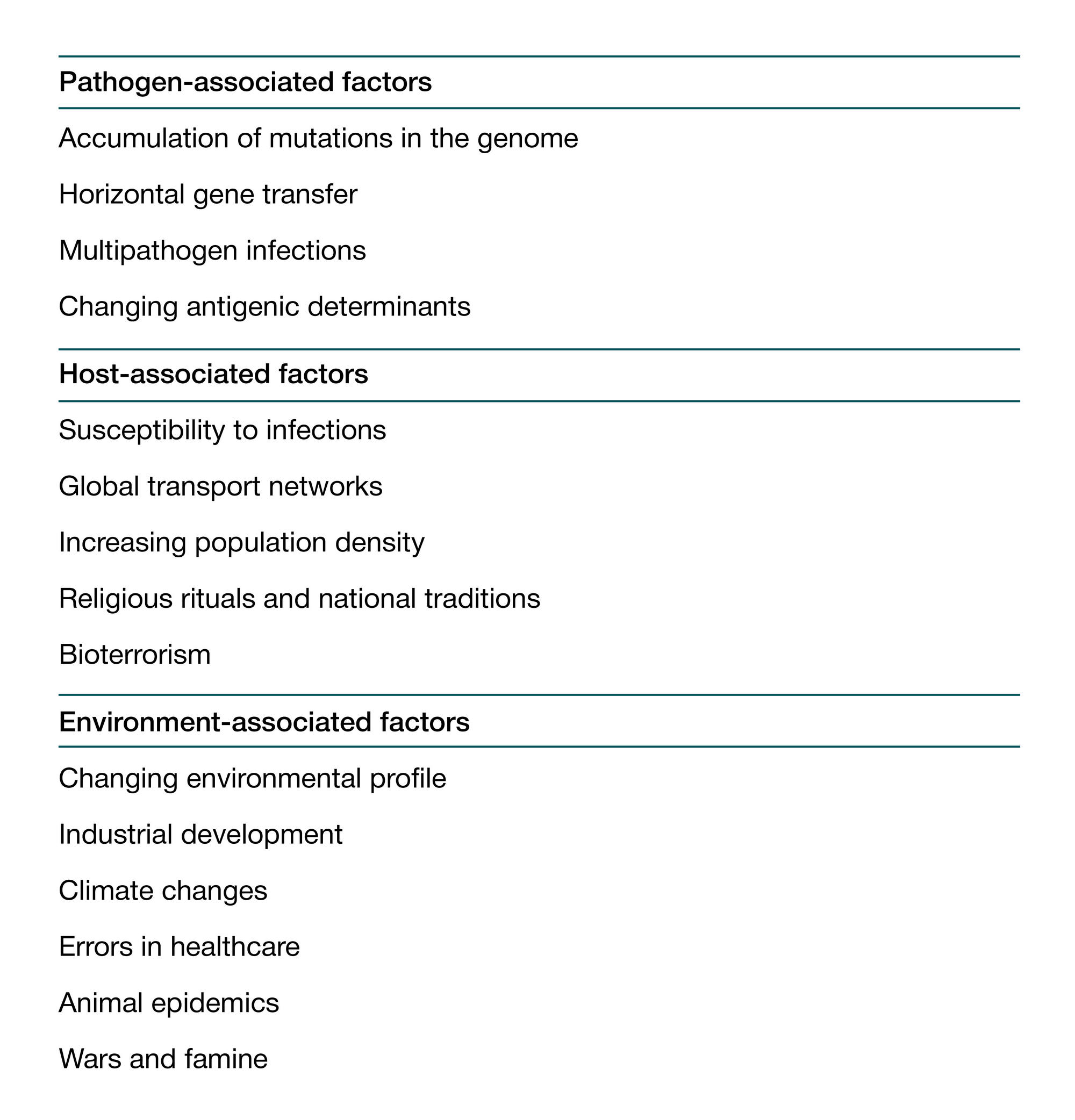
REVIEW
Emergence of new infections in the 21st century and identification of pathogens using next generation sequencing
1 Department of Physical Measurement Methods, A. N. Belozersky Institute of Physico-Chemical Biology,
Lomonosov Moscow State University, Moscow, Russia
2 Faculty of Bioengineering and Bioinformatics,
Lomonosov Moscow State University, Moscow, Russia
3 Translational Biomedicine Laboratory,
N. F. Gamaleya Federal Research Centre for Epidemiology and Microbiology, Moscow
Correspondence should be addressed: Valentin Makarov
ul. Leninskie gory, d. 1., str. 40, Moscow, Russia, 119991; moc.liamg@enitnelavvorakam
Funding: this work was supported by the Russian Foundation for Basic Research, grant no. 15–54–04004.
All authors' contribution to this work is equivalent: selection and analysis of literature, planning of the manuscript's structure, data interpretation, drafting of the manuscript, editing, checking of the references, literary editing.



